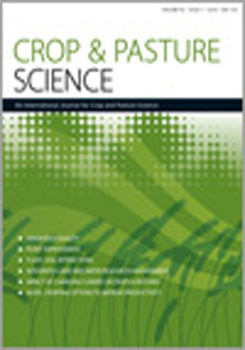The ability to recover from the impact of short-term submergence was assessed on four widely used grasses in pastures: Dactylis glomerata L., Bromus catharticus Vahl., Schedonorus arundinaceus Schreb. (syn. Festuca arundinacea) and Phalaris aquatica L. Six-week-old plants were subjected to a 5-day complete submergence in clear water, followed by a 15-day recovery period. Dry mass after submergence, shoot and root growth, number of tillers per plant, leaf stomatal conductance and leaf greenness during recovery were assessed. Dactylis glomerata and B. catharticus were sensitive to submergence, showing very low relative growth rate (RGR) of shoots and roots during recovery (37–67% lower than controls) along with early leaf senescence and persistent partial stomatal closure. Schedonorus arundinaceus exhibited an intermediate tolerance, sustaining high RGR of shoots (similar to controls) and fully adjusting its leaf functionality during recovery despite being affected during submergence (40% decrease in dry mass and 37% in tiller number). Phalaris aquatica performed outstandingly, with dry mass unaffected by submergence, and unaltered stomatal conductance, leaf greenness, tillering and shoot growth during recovery. Therefore, in areas where flooding can often cause plant submergence, P. aquatica is recommended whereas the other species are not, because they may be outcompeted by flood-tolerant species.
How to translate text using browser tools
5 June 2018
Recovery from short-term complete submergence in temperate pasture grasses
Gustavo G. Striker,
Rocío A. Ploschuk
ACCESS THE FULL ARTICLE
<
Previous Article
|

Crop and Pasture Science
Vol. 69 • No. 7
July 2018
Vol. 69 • No. 7
July 2018
bulbous canary
cocksfoot
Harding grass
orchardgrass
prairie grass
tall fescue




